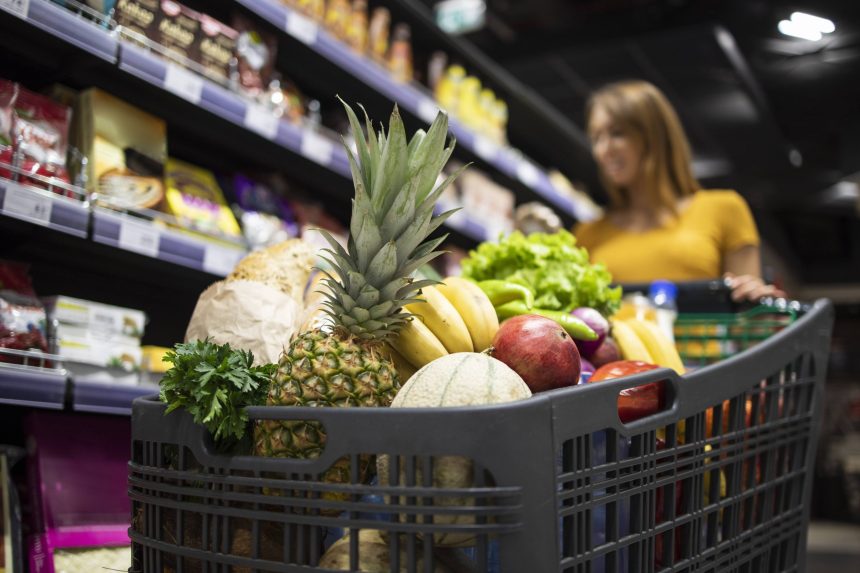The growth and employment data released this week reinforces the vision of a resilient economy in the face of monetary and geopolitical adversities, but also points to short-term weakening factors. Private consumption consolidates as the most dynamic component, due to the good performance of the labor market and the agreements to recover the purchasing power of wages. It is also likely that households have sustained their spending by drawing on their accumulated savings surplus. Another factor is fiscal policy: public consumption continues to expand at a faster pace than the economy, at almost 10% above the pre-pandemic level.
Investment, however, is faltering. And the accelerated tightening of credit reported by the ECB’s latest bank lending survey anticipates a scenario of weakness in the coming months, even if we incorporate the stimulus of Next Generation funds. It is surprising that, despite such an injection of European transfers, investment has not yet reached the pre-pandemic level. For the time being, companies remain cautious, opting to reduce debt or accumulate liquidity. In September, their bank deposits increased by 10.6 billion euros.
Moreover, the foreign sector, a powerful engine of recovery last year, is suffering from the stagnation of the European economy, the main source of foreign income. The problem lies in lower external demand, and not in a loss of competitiveness. Proof of this is that Spanish companies are gaining ground not only in international markets, but also in the domestic market: imports are contracting, contrary to what usually happens in a context of increased consumption. In any case, exports of non-tourist services continue to grow at a high rate – at no less than 22% above the pre-pandemic level – but without offsetting the fall in exports of goods. Tourism is holding up, although its full normalization is cooling the outlook for the coming season.
All of this raises the question of the sustainability of the current growth pattern. The tailwinds that have boosted household consumption are moderating, in line with the slower pace of job creation. Enrollment is increasing, partly due to the incorporation of foreign labor (more than half a million people since the beginning of 2022, almost half of the total number of jobs created). But the exceptional figures of the spring are behind us. Wages are also slowing down: compensation per employee increased by 4.2% in the third quarter, almost two points less than in the first quarter; this slowdown, combined with the resilience of the CPI, leaves little room to gain purchasing power in the last part of the year.
As for public consumption, its future trajectory should reflect the need to contain budgetary imbalances, a necessary objective in order to assume the sharp rise in the cost of financing the State that is anticipated for the coming year.
Looking further ahead, the productive apparatus is emerging from the succession of crises with a favorable competitive position, strengthened by the strong addition of foreign labor. This is an asset to take advantage of a hypothetical turnaround in the European economy, as predicted by the IMF for the next two years. Much will depend, however, on the outcome of the conflicts in Ukraine and the Middle East and the impact of the ten interest rate hikes, the effects of which have only partially filtered through to the economy. In any case, the European reactivation, together with a greater tractor effect of European funds, would also help to unblock investment in business equipment and productivity, the main missing piece in the Spanish economy’s puzzle. Geopolitics and the unknowns surrounding business investment condition growth and the capacity to improve social welfare levels.


